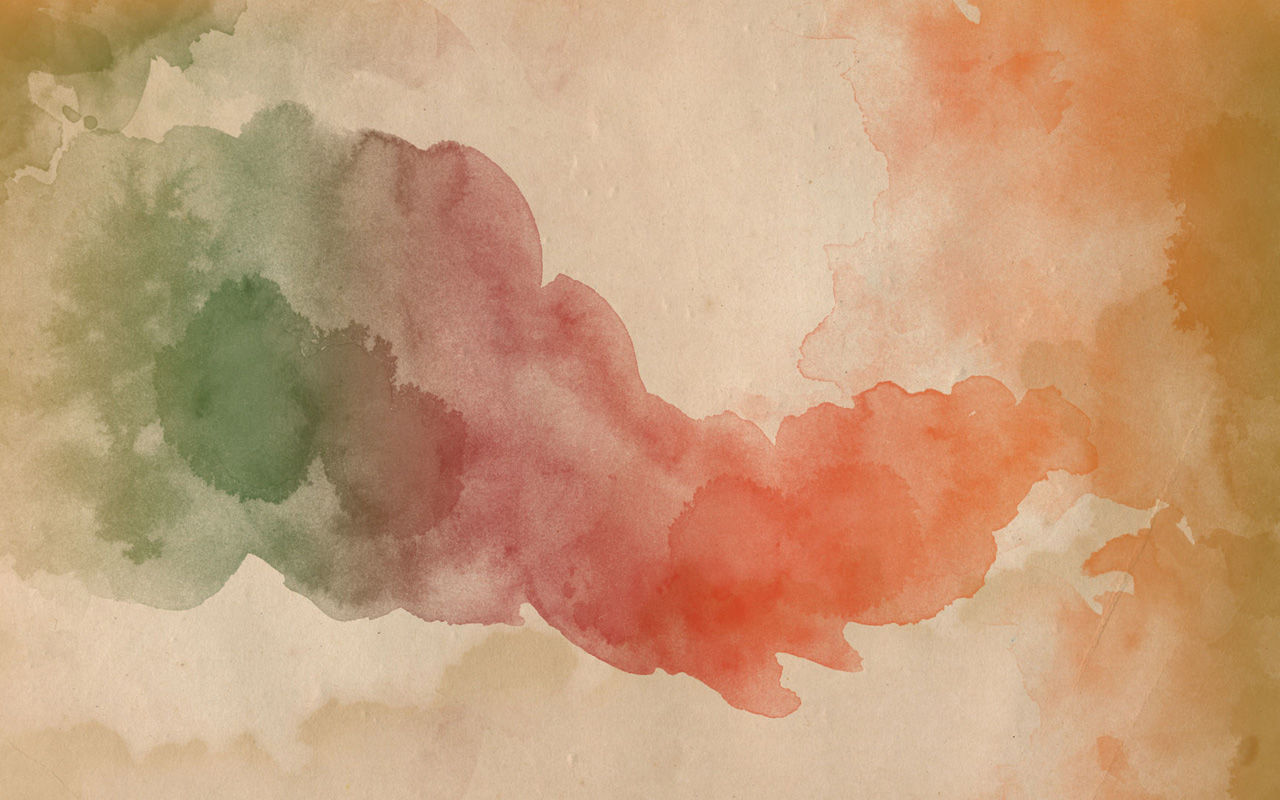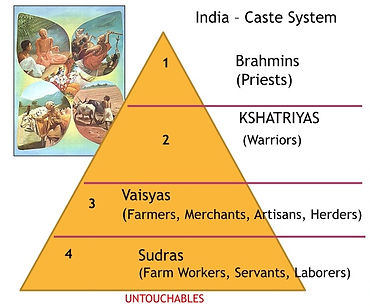
The Social Classes
Caste System in India
Caste is a term, which is used to specify a group of people having a specific social rank. The caste system in India is a system of social stratification which historically separated communities into thousands of endogamous hereditary groups called jātis, usually translated into English as "castes". The jātis are thought of as being grouped into four varnas: Brahmins, Kshatriyas, Vaishyas and Shudras.
1) The varna of Brahmans, commonly identified with priests and the learned class
2) The varna of Kshatriyas, associated with rulers and warriors including property owners.
3) The varna of Vaishyas, associated with commercial livelihoods (i.e. traders)
4) The varna of Shudras, the servile laborers
Later conceptualized was a fifth category, "Untouchable" menials, relegated to carrying out very menial and polluting work related to bodily decay and dirt. Since 1935 "Untouchables" have been known as Scheduled Castes, referring to their listing on government rosters, or schedules. They are also often called by Mohandas Karamchand (Mahatma) Gandhi's term Harijans, or "Children of God."
Although the term Untouchable appears in literature produced by these low-ranking castes, in the 1990s, many politically conscious members of these groups prefer to refer to themselves as Dalit (see Glossary), a Hindi word meaning oppressed or downtrodden. In 1950 legislation was passed to prevent any form of discrimination towards the untouchables. Although legislation has affected the status of the people, they are yet very much a visible part of Indian society.
Castes are traditionally associated with an occupation, such as high-ranking Brahmans; middle-ranking farmer and artisan groups, such as potters, barbers, and carpenters; and very low-ranking "Untouchable" leatherworkers, butchers, launderers, and latrine cleaners. There is some correlation between ritual rank on the caste hierarchy and economic prosperity. Members of higher-ranking castes tend, on the whole, to be more prosperous than members of lower-ranking castes. Many lower-caste people live in conditions of great poverty and social disadvantage.
